Art = Discovering Infinite Connections in Art History is based on the most-viewed essays, works of art, and keywords on the Heilbrunn Timeline of Art History. It features 1000 illustrations and is available at The Met Store and on MetPublications.
This year marks the twentieth anniversary of the Heilbrunn Timeline of Art History and The Met's 150th year. Since 2000, the award-winning Timeline has served as an invaluable resource for anyone curious about art history, from casual enthusiasts to university students. We're celebrating this milestone with a new, beautifully illustrated book, Art = Discovering Infinite Connections in Art History, published this month by Phaidon in association with The Metropolitan Museum of Art.
Building on twenty years of insight and a 150-year commitment to sharing art with the public, Art = features some of the Timeline's most-viewed essays and images, many of which have been updated for this publication. Nearly 900 works of art are organized into three sections — Material/Technique, Period/Place/Style, and Object/Subject — followed by more than 160 engaging essays. Like the Timeline website, Art = encourages you to jump from keyword to keyword, making your own connections and drawing your own conclusions. A painting by Vermeer, for example, might lead you to a sixteenth-century hanging scroll by the Chinese artist Wen Zhengming, a beautiful gown by couturier Charles James, a portrait of three sisters by John Singer Sargent, or an ancient Egyptian statue of Hatshepsut.
Like the Timeline, Art = encourages readers to jump from keyword to keyword and make their own connections across art history.
In this way, Art = is a fitting commemoration of the Timeline, which continues to transport readers around the world and across eras with its interactive, chronological maps, thousands of carefully selected works of art from The Met collection, and over 1,000 essays covering such diverse topics as board games in Ancient Egypt and the Near East and American baseball cards.
Over the years, curators, research fellows, and independent scholars have all contributed to this intricate web of knowledge, which underscores the Museum’s belief that the world's cultures are deeply interconnected.
To celebrate the Timeline's milestone anniversary and the release of this new book, editors in the Museum's Digital Department have selected ten of their favorite Timeline essays, with compelling quotes from each text. You can read them online now and find many more on the Timeline and in Art =.
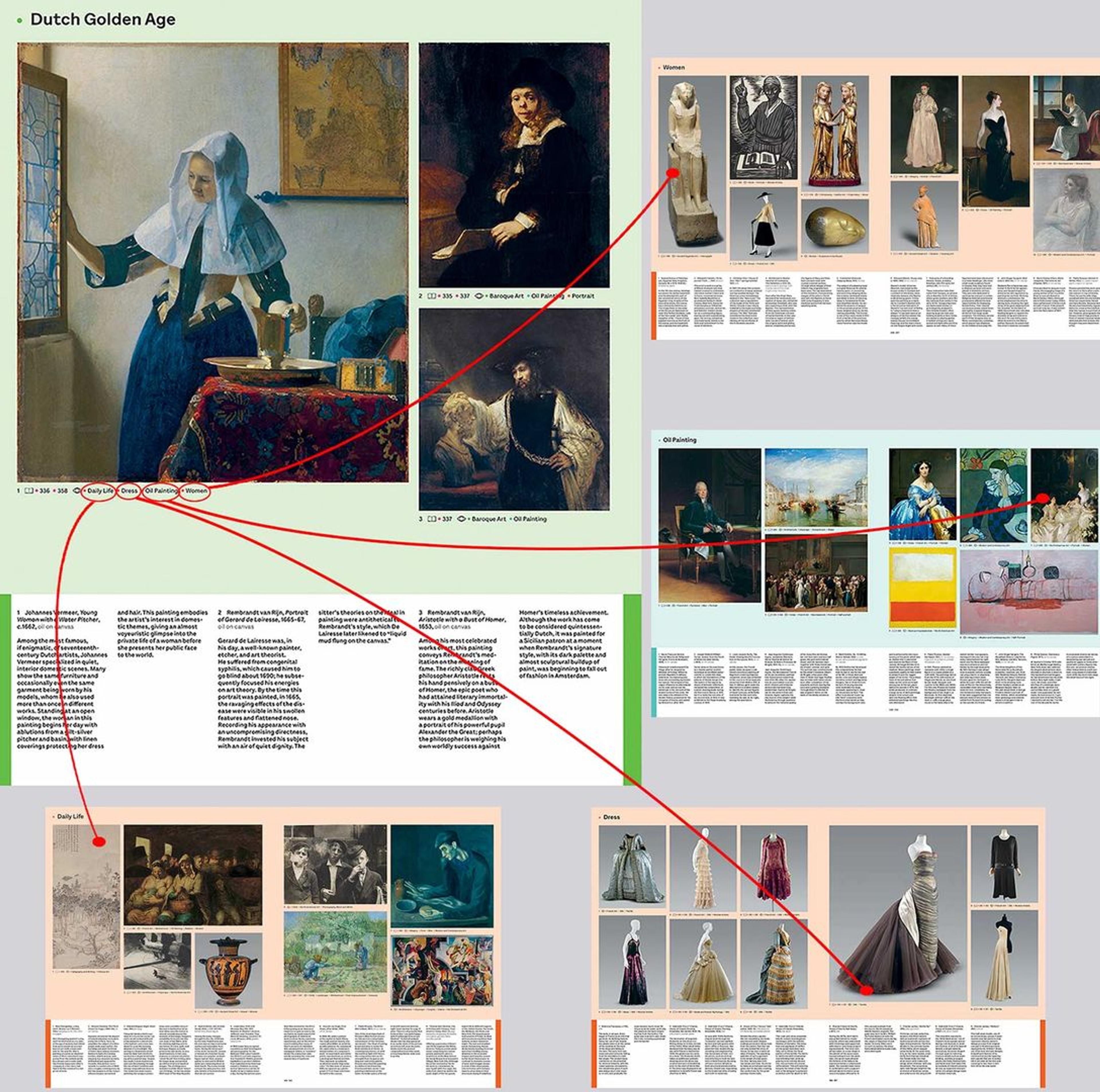
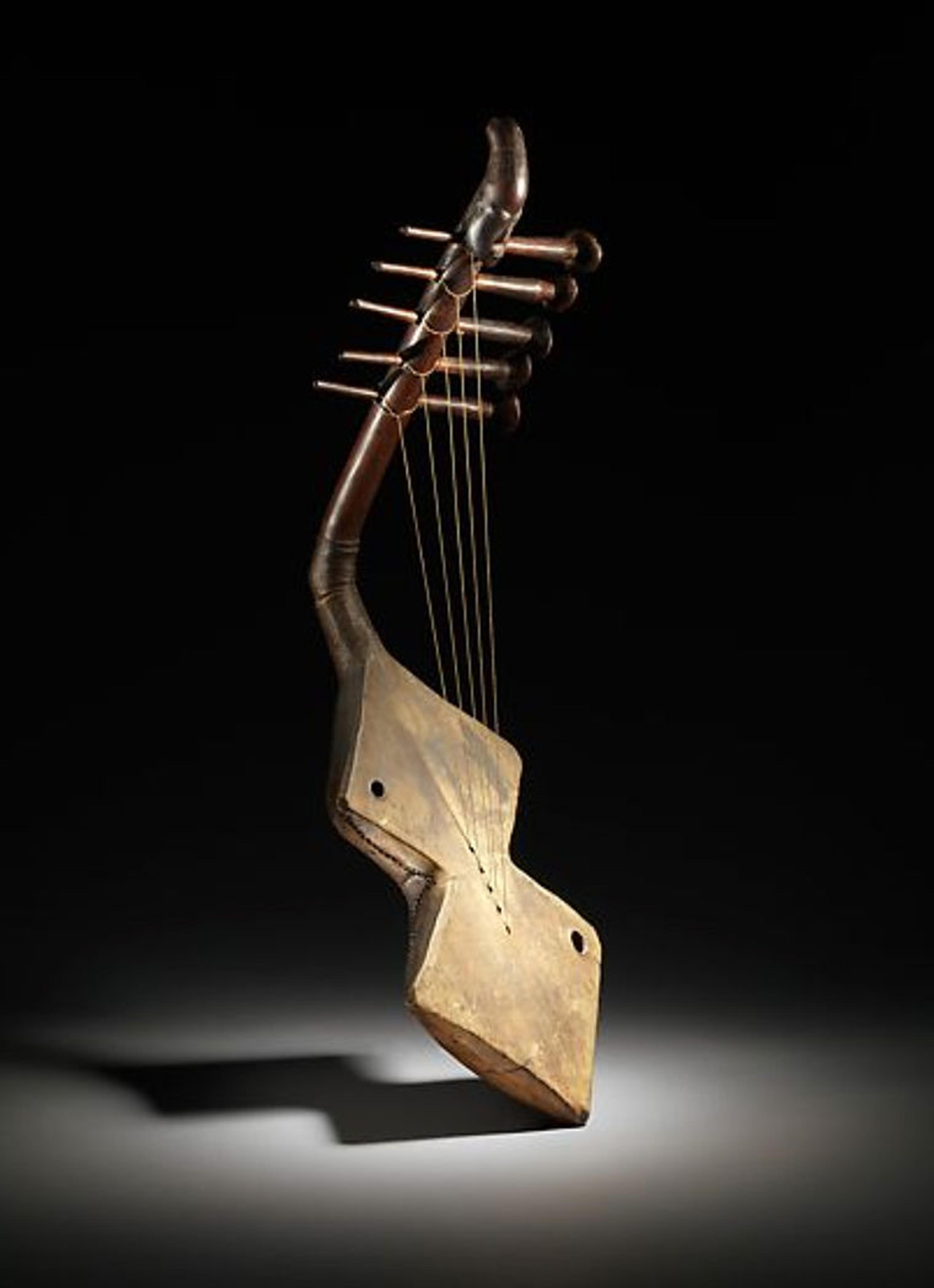
Ways of Recording African History
"Records and narratives kept by African historians are among the most informative sources for the reconstruction of precolonial history on the continent."
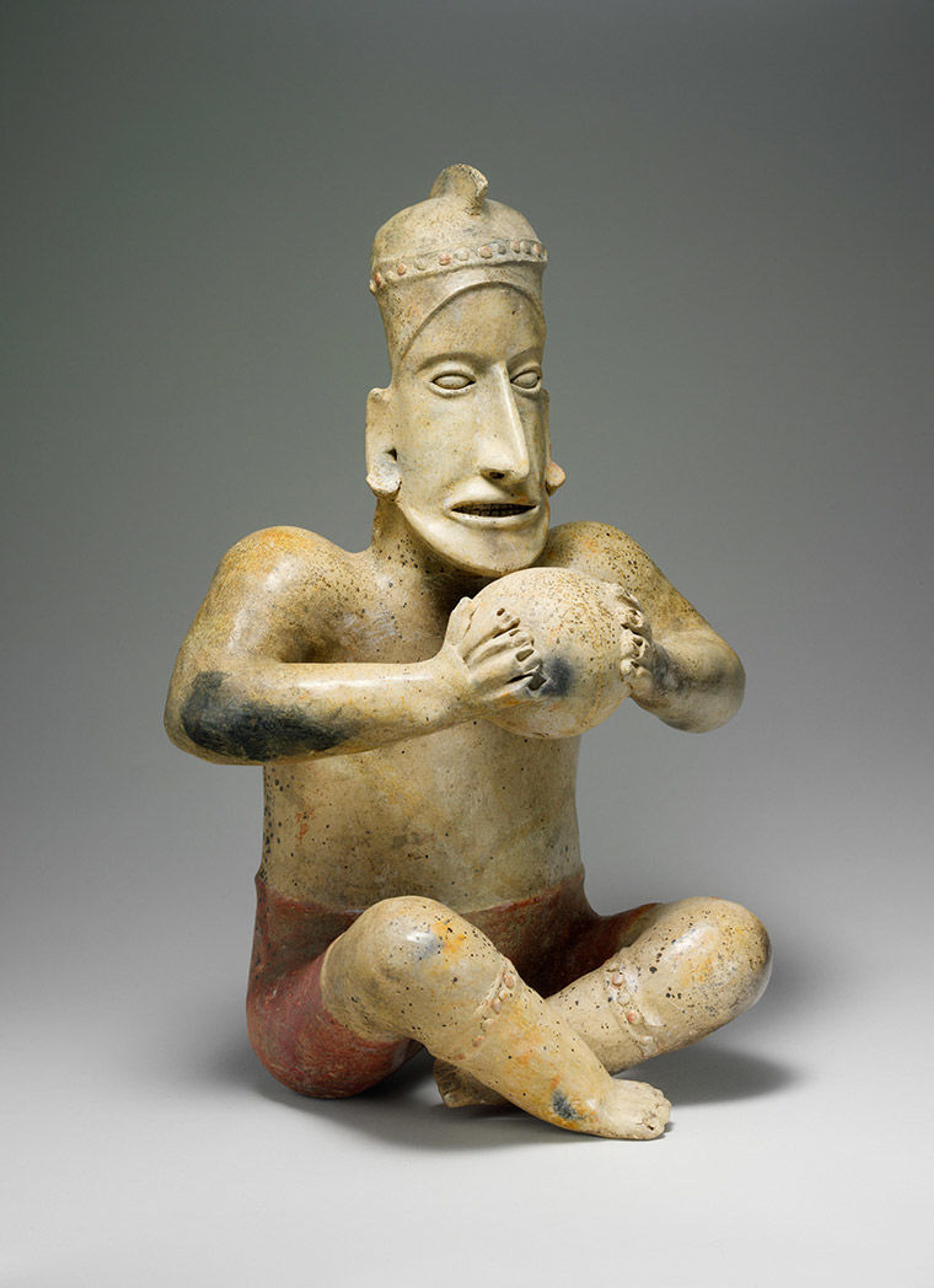
The Mesoamerican Ballgame
"Continuing archaeological excavations and study of ballgame-related objects promise to shine new light on this topic, as well as on other aspects of the ballgame, a long-lived and deeply meaningful Mesoamerican tradition."
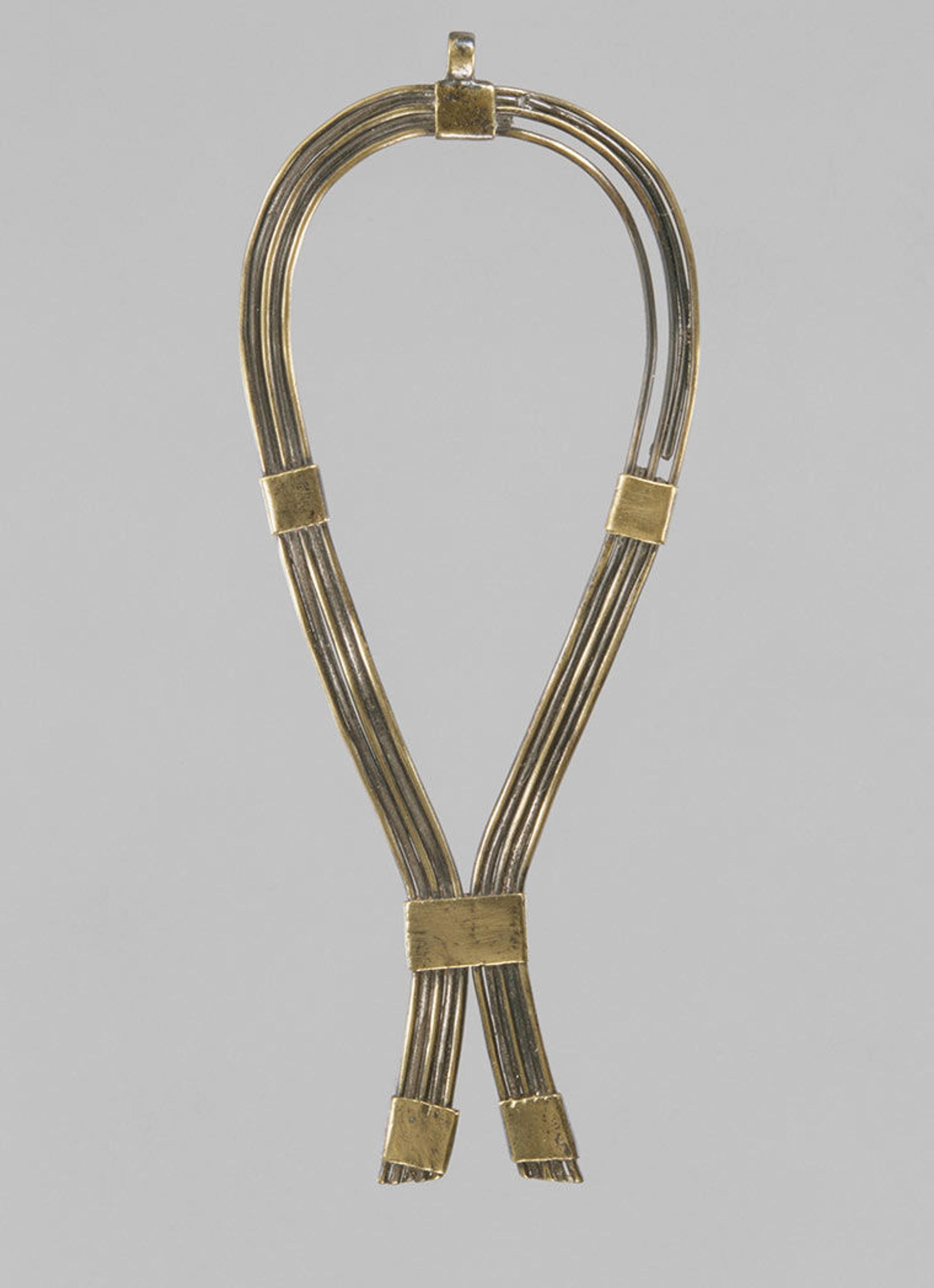
Ancient Egyptian Amulets
"An amulet is an object believed to have certain positive properties that, as the amulet’s main function, can magically be bestowed upon its owner. In ancient Egypt, this magical power was often derived from a combination of several aspects, such as the amulet’s shape, decoration, inscription, color, material, and words spoken over the piece or acts performed with it."

Death, Burial, and the Afterlife in Ancient Greece
"The Greeks believed that at the moment of death, the psyche, or spirit of the dead, left the body as a little breath or puff of wind. The deceased was then prepared for burial according to the time-honored rituals."
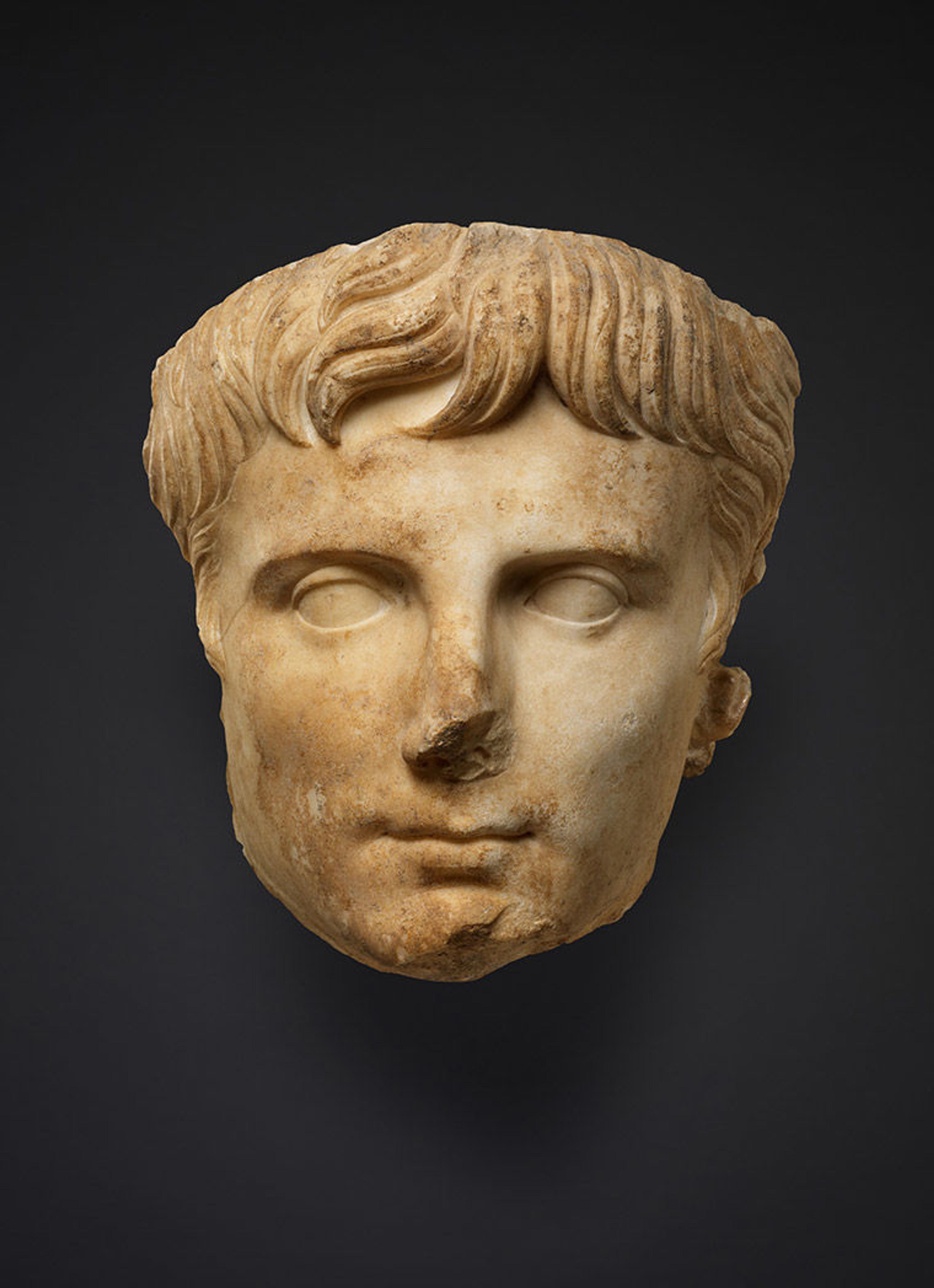
The Year One
"A look at the art created across the world in the years around Year One of the Western calendar reveals an incredible richness and variety of cultures."
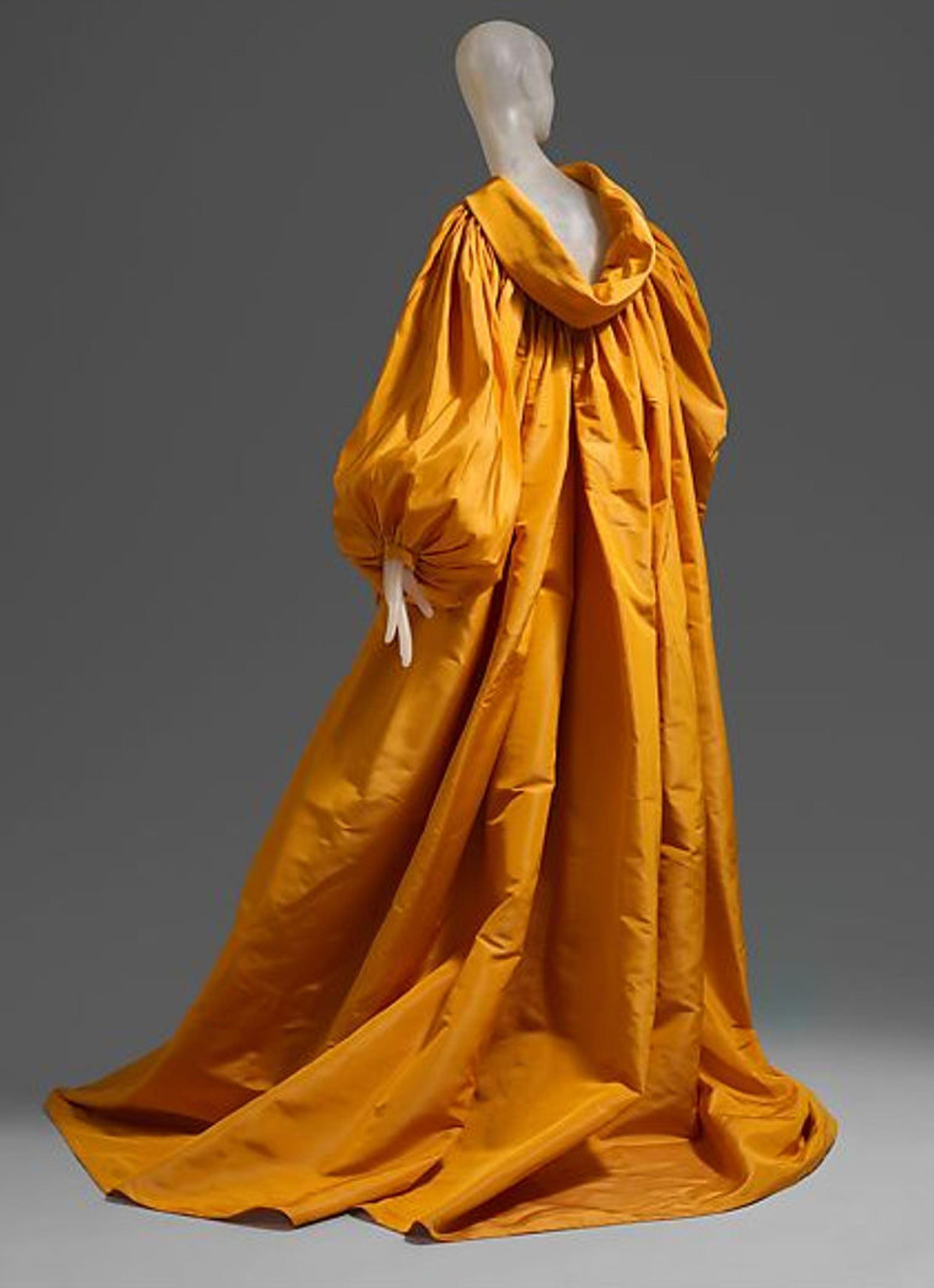
Haute Couture
"It is, as it began, a dream of quality in an era of industry and its succession. Haute couture persists in providing us with a paragon of the most beautiful clothing that can be envisioned and made in any time."

Tang Dynasty
"Marked by strong and benevolent rule, successful diplomatic relationships, economic expansion, and a cultural efflorescence of cosmopolitan style, Tang China emerged as one of the greatest empires in the medieval world."

Impressionism: Art and Modernity
"Their work is recognized today for its modernity, embodied in its rejection of established styles, its incorporation of new technology and ideas, and its depiction of modern life."
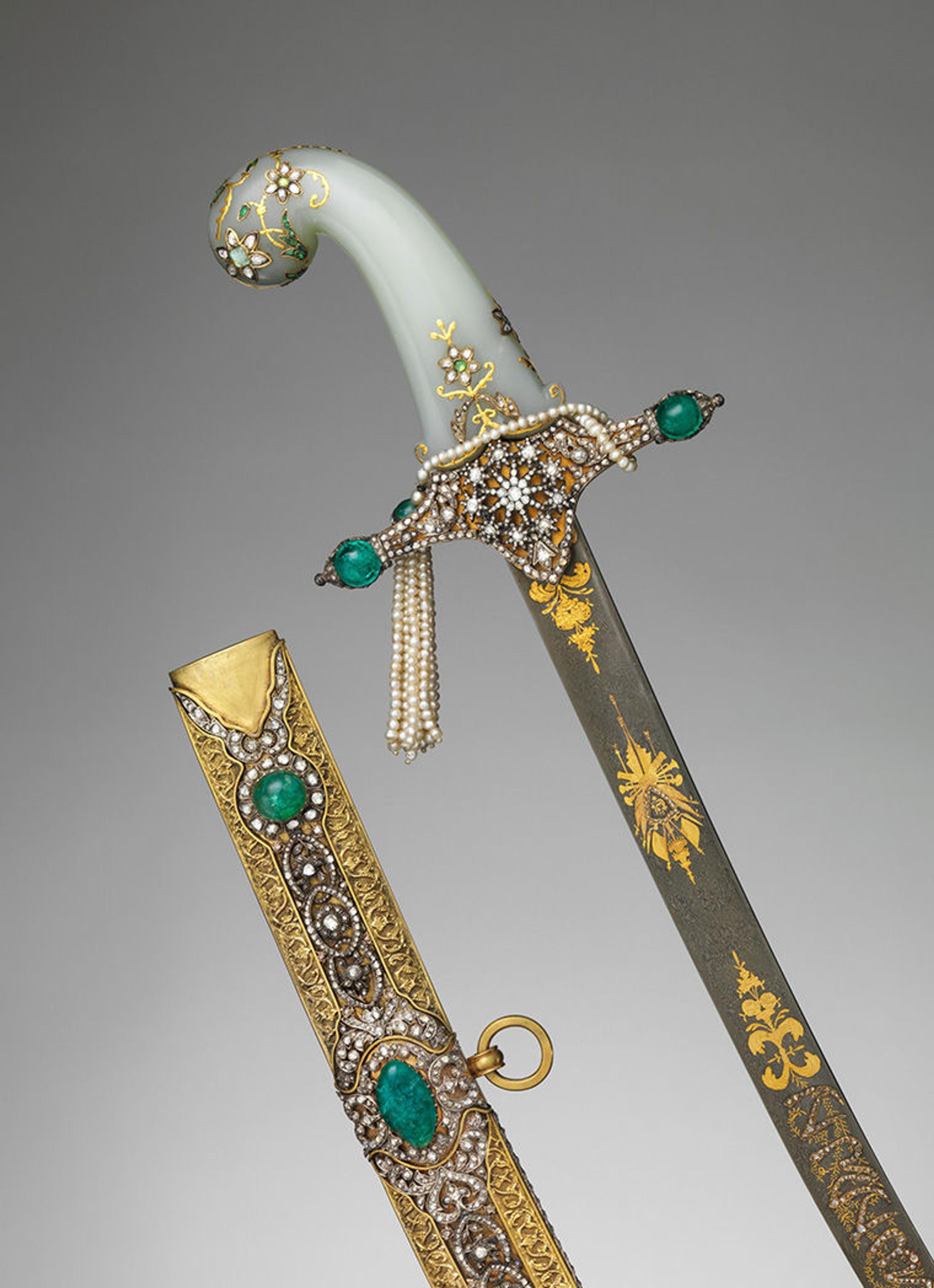
Islamic Arms and Armor
"Many examples of Islamic arms and armor are especially noteworthy for their opulent decoration, a fact for which they were already renowned in the Middle Ages."

Photography in Postwar America, 1945–60
"The era saw the apotheosis of photojournalism and few photographers were unaffected by its rise, whether they joined the bandwagon or reacted against it."
